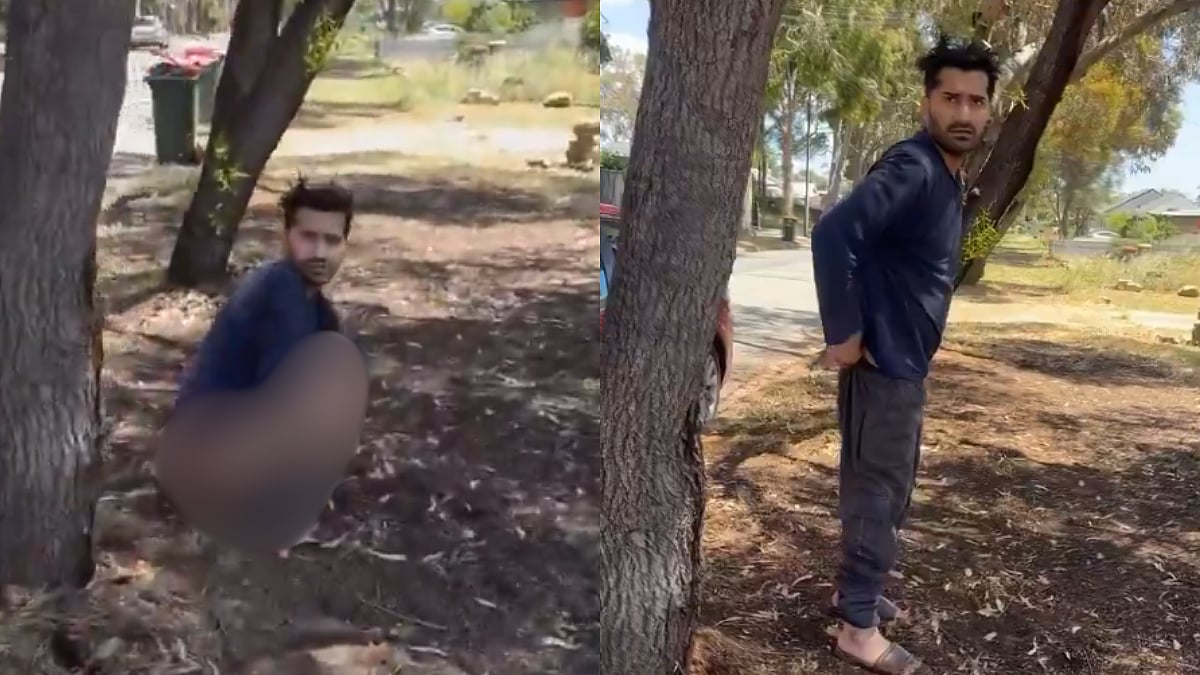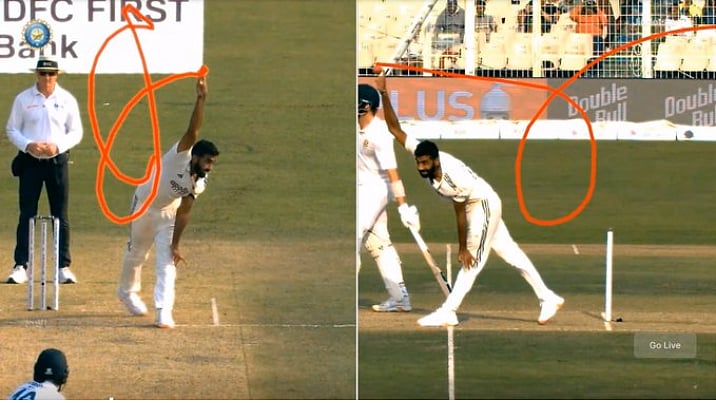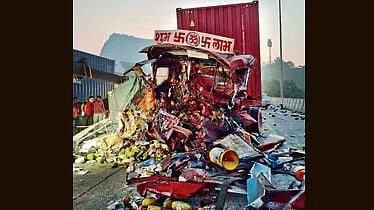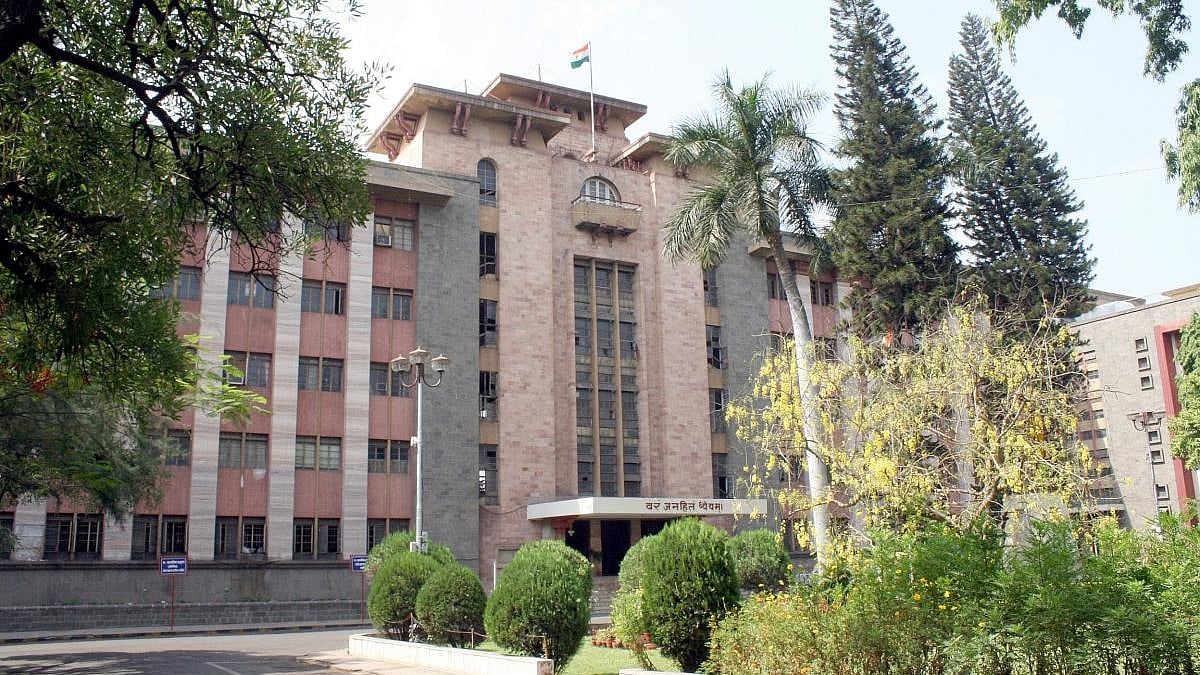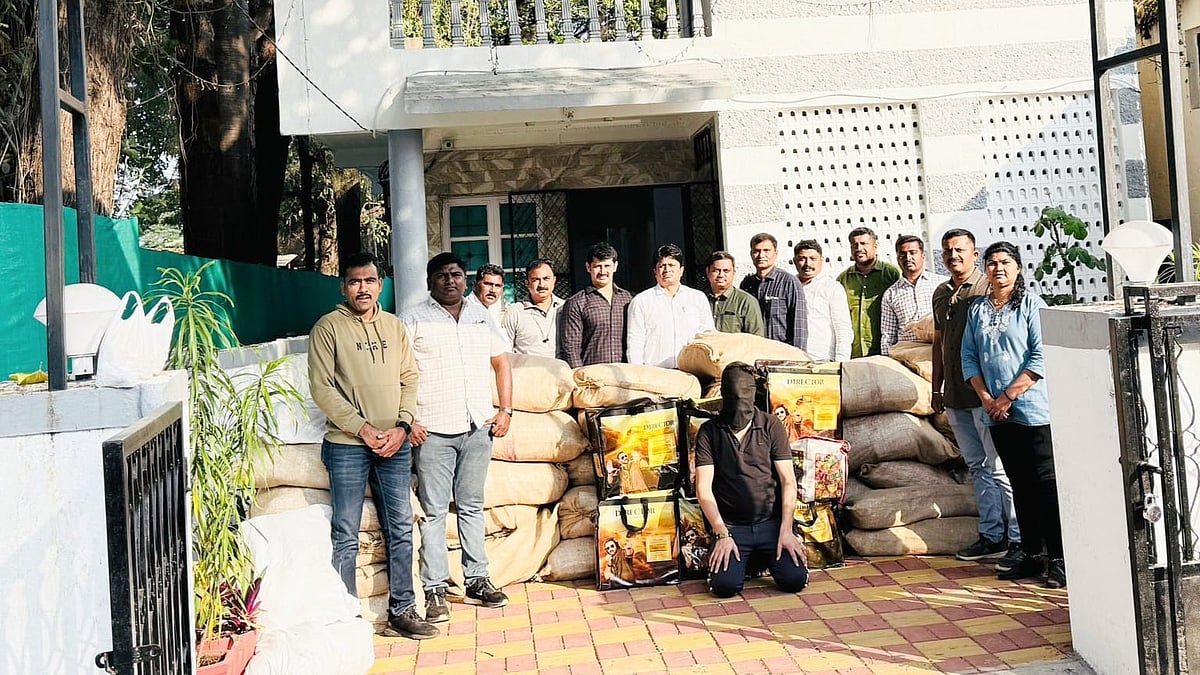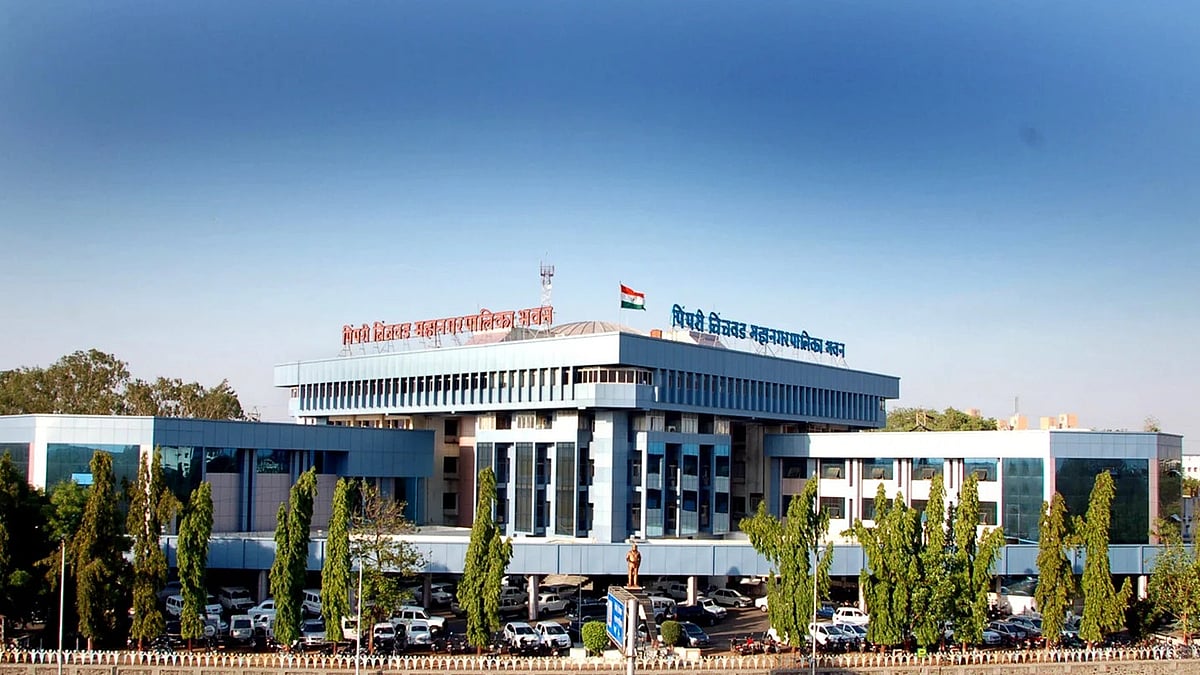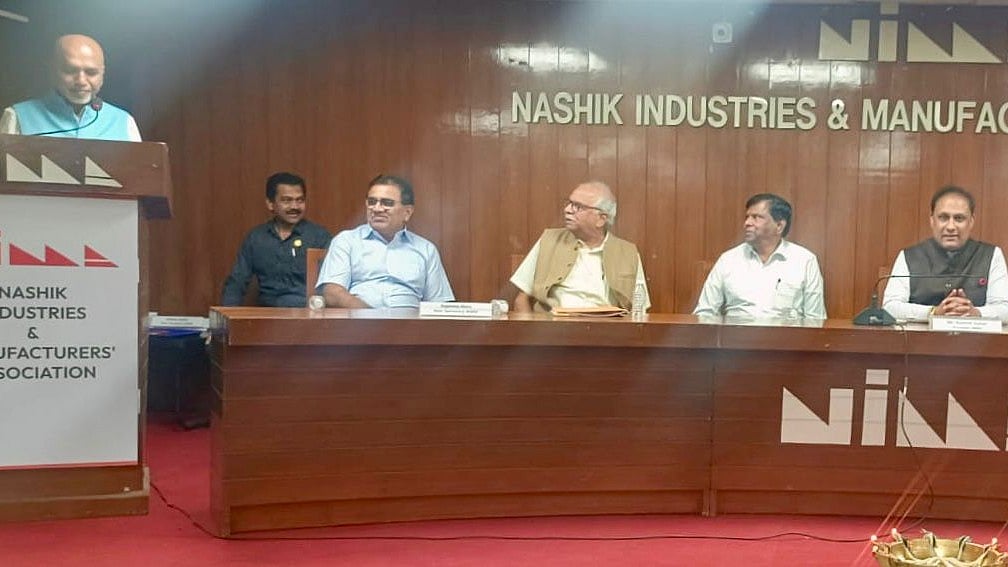Pune witnessed severe waterlogging and flooding in low-lying areas near the river due to heavy rains and water discharge from dams. The floods have been a recurring problem in the city throughout the monsoon season. Residents in areas on Sinhagad Road near the river had to be evacuated by the army and city fire brigade at least three times.
After surveying the flood-affected areas, Chief Minister Eknath Shinde announced that the blue flood line in Pune will be re-surveyed in light of the recent floods, and those living in these zones on Sinhagad Road will be rehabilitated.
What is the blue flood line?
For those unfamiliar, the blue flood line marks the flood level expected over a 25-year period.
This concept involves drawing specific boundaries along rivers to identify flood-prone areas. These boundaries are marked by a “blue line” on maps, which helps in restricting construction and land use within these areas.
The Irrigation Department demarcates the extent of a river as the area likely to be inundated during floods.
To achieve this, technical specialists such as geographers and hydraulic engineers simulate the expected water level at all points along the river's center line during a flood. They mark the areas on either side that are likely to be inundated on topographic maps. This 'area of inundation' is identified as the river's extent.

The extent (or width) of the river depends on two factors:
1) Natural geography of the river and the surrounding terrain—ridges, valleys, slope, nature of the bank, soil, etc.
2) The level of flood passing through the river
The Irrigation Department of the Government of Maharashtra uses a 'blue line' to demarcate the area along Pune's rivers that is likely to be inundated by the highest flood expected during any 25-year period. Additionally, they use a 'red line' to mark the area that will be inundated by the highest flood expected during any 100-year period.
The state government plans to implement measures to mitigate the risk of future flooding. A new Development Control and Promotion Regulations (DCR) will be drafted to address issues related to flood-affected housing. This DCR will aim to provide special status to people living in the blue flood line of some rivers.
Teams from the Army, National Disaster Response Force (NDRF), and civic administration have been deployed in the Sinhagad Road area for the past week due to its flood-prone nature. Low-lying areas of Sinhagad Road's Ekta Nagar along the Mutha river were inundated after water was discharged from Khadakwasla dam due to heavy rains in the catchment areas.
"The flood-affected residential buildings in Ekta Nagar were granted permissions by the gram panchayats before the blue line was drawn. Therefore, residents in these zones should be appropriately rehabilitated," stated Chief Minister Shinde.
He toured areas like Sangavi in Pimpri Chinchwad, as well as Patil Estate in Shivajinagar and Ekta Nagar on Sinhgad Road in Pune.

Limitations of the concept?
The 'blue-line' and 'red-line' demarcations are artificial constructs and are often mistakenly considered to be the 'natural' extent of Pune's rivers. While calculating the water level along the center line of Pune's rivers, disturbances such as uneven terrain and man-made structures like bridges, causeways, weirs, and check dams are also considered. These man-made disturbances raise the high flood level and further spread the area of inundation. If these disturbances were removed and river flow improved, the high flood levels would decrease, and the blue and red lines on either side of the river would need to be redrawn closer to each other.
(With inputs from PMC)




